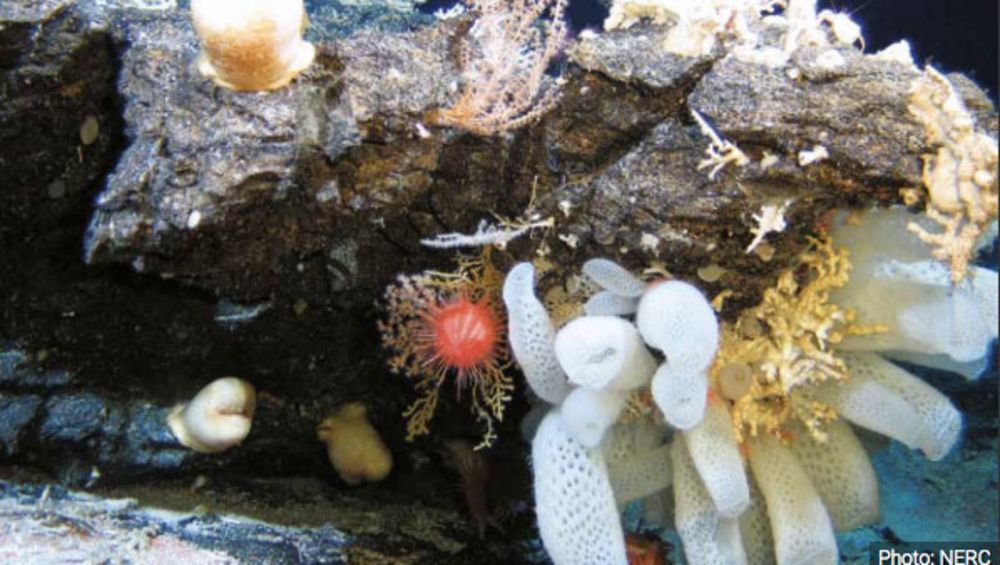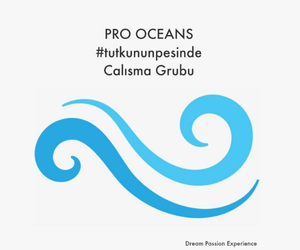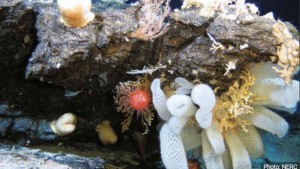The third International Union for Conservation of Nature (IUCN) expedition to explore seamounts was made to Walters Shoal south of Madagascar — last April. The three-week-long expedition aboard the French Polar Institute’s research vessel Marion Dufresne explored the fauna of the seamount and its role in the surrounding ecosystem.
“Seamounts are islands of marine life with an important role in maintaining the health of the ocean. They contribute to food security by supporting fish stocks, and the unique species they harbor could provide genetic material for the development of future medicines. Yet they face increasing threats and remain largely unexplored. We urgently need more research into these hotspots of marine biodiversity or we risk losing species that we didn’t even know existed,” says François Simard, Deputy Director of IUCN’s Marine Program.
While past expeditions concentrated solely on species inhabiting the seabed and the water, this one will gather extensive data on everything from plankton to seabirds and marine mammals to better understand how the seamount is linked to surrounding ecosystems.
The expedition is a key stage in an IUCN project aimed at the conservation and sustainable use of seamount ecosystems in the South West Indian Ocean. Seamounts are home to many endemic, slow-growing, slow-reproducing species, and are highly vulnerable to intense fishing practices such as bottom trawling. Both commercial and recreational fishing take place on Walters Shoal, including illegal fishing.
Seamounts play an important and only partially understood role in marine ecosystems well beyond the seamounts themselves, and damage to them could have widespread effects on ocean health and fisheries.
These undersea mountains also have the potential to contribute to the development of new medicines through the use of marine genetic resources from the many unique species they support. Fewer than 300 out of the world’s 200,000 seamounts have been explored so far.
By improving THE understanding of seamount ecosystems, THE IUCN project aims to inform ongoing discussions toward implementing an agreement to the UN Convention on the Law of the Sea (UNCLOS).
Facts about Seamounts
• Seamounts are underwater mountains of volcanic origin that rise from the seafloor.
• Seamount biodiversity and ecosystems face a number of threats including deep-sea bottom fishing and deep-sea mining.
• Damage to seamounts and their overexploitation can have widespread consequences on ocean health, food security, medicine and other benefits that oceans provide to humans.
• Many aspects of seamounts are poorly understood: fewer than 300 out of 200,000 existing seamounts have been explored so far.
• There is an urgent need to ensure seamount conservation through measures such as marine protected areas. Threats to seamount ecosystems need to be taken into account when developing environmental impact assessments of activities that may affect them. A clear set of rules is also needed for sample sharing and use of genetic resources derived from areas beyond national jurisdiction.
Source: Sport Diver





